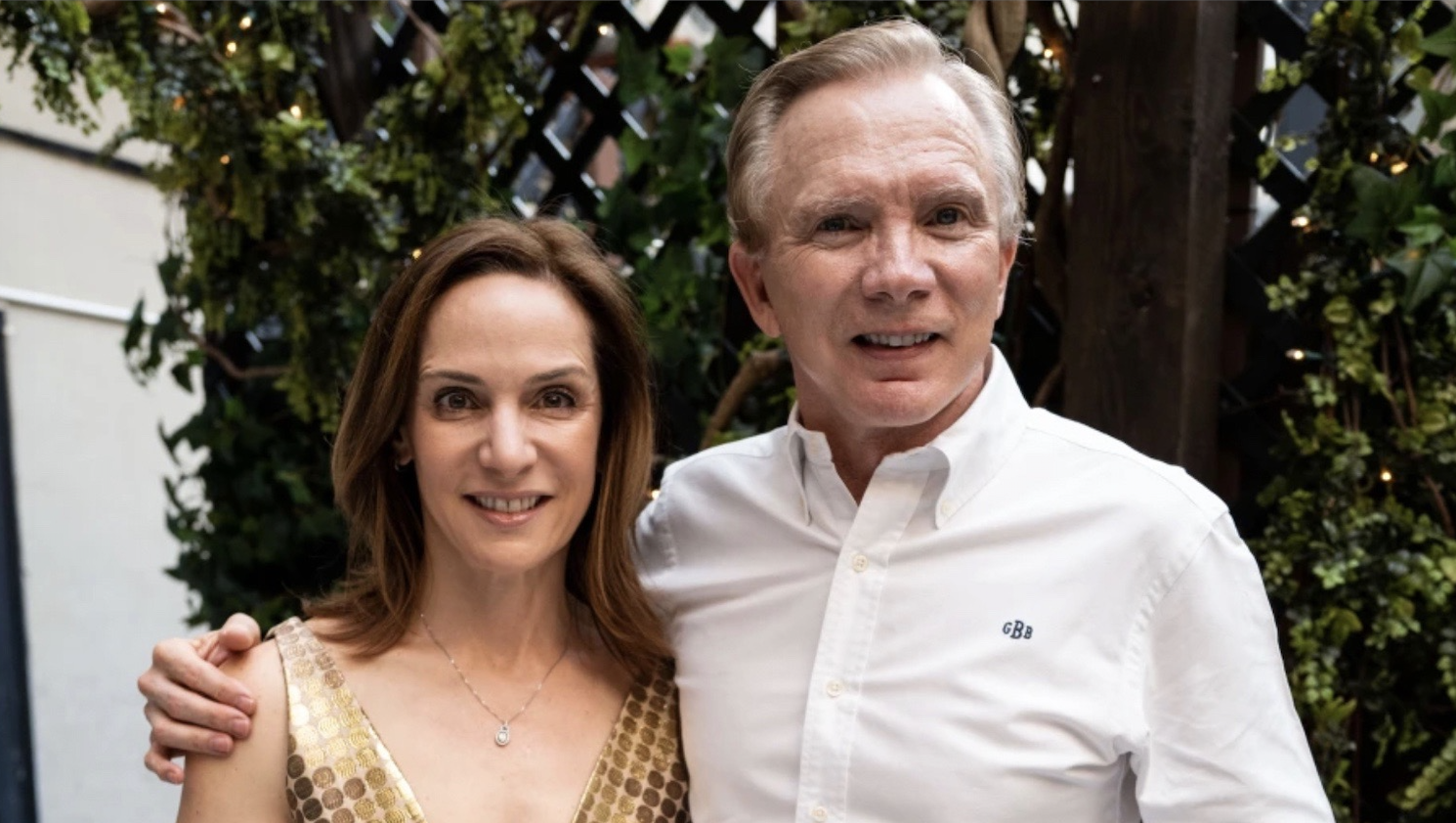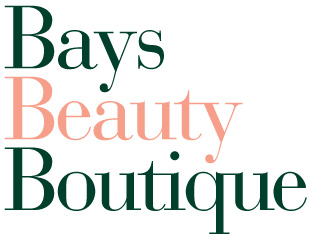 RéVive Skincare Founder Greg Brown and CEO Elana Drell-Szyfer on what has enabled the skin care brand to thrive for more than two decades.
RéVive Skincare Founder Greg Brown and CEO Elana Drell-Szyfer on what has enabled the skin care brand to thrive for more than two decades.
These days, biotech is all the rage in skin care, but 25 years ago virtually no one was talking about it or tapping its potential.
One exception was Greg Brown, a Louisville, Kentucky-based plastic surgeon who was studying the impact of epidermal growth factor in the healing of burned skin and had an AHA moment. If it worked so well on wounds, why aging skin, too?
He teamed up with William Rutter, the founder of Chiron Corp., an early player in biotechnology that has since been acquired by Novartis, and thus was born RéVive. The brand started with a single product whose star ingredient was EGF, and even then, Brown was thinking big. “There are a number of bioactive molecules that have positive effects on the skin, and ultimately we would like to develop a whole line of bioengineered products,” he told WWD in 1997 when the brand launched.
Fast forward two-and-a-half decades, and Brown has done just that, building RéVive into a leading player in the luxury skin care sector. In 2008, the brand was acquired by Gurwitch Products, then a division of Alitcor which also included Laura Mercier, and in 2016, Shiseido acquired both brands. That was a quiet period for RéVive, when corporations and consumers were more focused on makeup artist brands than high-end treatment.
RéVive languished, but in 2017, Tengram Capital Partners bought the business from Shiseido, and Brown, too, reinvested in the brand. Industry veteran Elana Drell-Szyfer became chief executive officer. During her tenure, sales have doubled and profitability restored, with year-over-year growth said to be in the high-double digits.
In a period when many founders have stepped away from their businesses, Brown is as engaged as ever. “At our first sales meeting, Elana said it can be an awkward dance between a CEO and a founder, but we have waltzed,” laughed Brown, clearly relishing the resurgence of the brand he cares so much about.
RéVive is celebrating its silver anniversary with upgrading or extending its key franchises, this year, and it’s also firmly focused on the future, developing its international business in the U.K., China, Hong Kong, Thailand and Taiwan.
Beauty Inc sat down recently with Brown and Drell-Szyfer to talk all things skin care, survival and setting the scene for the next big chapter.
What are the qualities that have enabled the brand to survive for 25 years?
Greg Brown: When I started, a lot of my peers thought it’s an easy way to get rich quick. Well, no. You don’t get rich quick and it’s not easy.
I really never set out to have this business — I stumbled into it. I was researching burns and it was the birth of biotechnology and growth factors. We were able to show we could make burns heal faster and I had the idea that those same molecules could be applied to aging skin.
I started making a makeshift form of the product by dissolving growth factors in Elizabeth Arden’s Visible Difference, which my mom used to use. I did it as a way to market my fledgling aesthetics practice.
One of my patients was in retail and knew [former Neiman Marcus CEO] Burt Tansky, who had just launched Crème de la Mer at the store, and it did really well. We launched Révive as a single stock keeping unit in 1997 in all of Neiman’s doors.
I have a soft spot in my heart for Neimans. Long before e-commerce and social media — they were the preeminent retailer to hand-hold someone like me who had no idea of what they were doing and minimal amounts of money, because they wanted exclusivity and niche brands. It was fortuitous. One of the reasons we able to survive was because they held my hand. We were there exclusively for three years and slowly added SKUs. Our first retailer outside of NM was Space NK and I went to Saks four years later.
The fact that we have survived all these years is a testament to the quality and efficacy of the products and the relationship we have with our retailers. In those days, it was just a handshake. There was never a contract or anything like that. RéVive has had some owners who weren’t terribly attentive and it still survived because of that. When Elana and the Tengram team came along, the windows were opened again.
Elana Drell-Szyfer: I think that Dr. Brown staying is a big contributing success factor. The founder has been with the business all along; even if not in direct control, he has stayed with the brand and that is important. He’s always been involved with product efficacy, bringing in a scientific filter, creating relationships with researchers and ingredient manufacturers. That’s the most important ingredient and one that most brands can’t claim, that their founders have stayed for 25 years.
When we at Tengram started due diligence and talking to retailers, everyone said, the products are great, the customer is really loyal and we have such a good relationship with Dr. Brown personally. The way that relationship stayed was that he was involved — maintaining that touch with retailers and with customers, especially really loyal ones.
The other piece is that RéVive is really a brand as opposed to being an item business. There are a lot of successful brands out there, but when you start to dissect them, they may have a bunch of products, but they are really only known for two or three. This is very complete — there is a founder story, a proprietary science story, multiple bestsellers and hero franchises. The brand is well constructed. It doesn’t do well in just one category — our top 10 sellers are comprised of all different kinds of categories. All of those things play into why they brand has really survived.
Greg, many of your peers who founded brands in the same time period exited long ago. What has kept you engaged all this time?
G.B.: I see so many who just can’t take it. It’s hard. It is your baby. I don’t have children, so it’s been my creation. But I always could see the potential of the brand, especially in those years with Shiseido, when it was just three employees full time, including me. If RéVive were going to survive and become a global brand, which I hope it will, I felt it important for me to stay. And I reap the rewards. Elana and I have had a wonderful relationship and it has been so much fun for these last five years.
What were some of the key inflection points for RéVive?
G.B.: When we launched a $1,500 product [Peau Magnifique Youth Recruit Renewal System] — the world changed. That was and still is our most expensive product. It changed our top line so much and our numbers changed dramatically. It was a little bit like the Gilded Age then, around 2006-07, there was a lot of money everywhere. I had a lot of cold calls — people coming to visit me in Louisville, wanting to buy the business.
E.D-S.: It wasn’t just the price point that made it so different. It was the first four-week cure. The story is you can prolong getting a facelift — no downtime no trauma — if you restart your skin this way. The technology and the positioning were very different at the time.
G.B.: Another was our first Artbox, where we tapped an artist to create a collectible box filled with products. I’ve always been very interested in the visual arts. I used to think you had to be wealthy to love and collect art, but that’s not true — you just have to love it. We started with Donald Baechler. Then it was a new concept — I don’t know that anyone else was doing it then.
Selling the business was an inflection point, too. I didn’t want to do it. It was 2007 and we were doing great. In retrospect, it was lucky I did, but it was the most bittersweet day of my life. I made more money than I’ve made practicing medicine, but I was as sad as if there was a death in the family. But I don’t regret it now. History tells you the truth. It was the right thing to do.
E.D-S.: A key inflection point for me was when we bought the business. We looked at it as a huge opportunity. We said, here is this incredibly built brand, and our theory was that for eight years it really didn’t have a dedicated team. The team was integrated between Laura Mercier and Revive. It didn’t have 100 percent of the attention 100 percent of the time, and it certainly didn’t have 100 percent of the budget.
What we purchased was inventory, intellectual property and existing business relationships. The first question was how do you want to build the business — an infrastructure, a team, a culture. That was an inflection point because we got to decide how to do that.
Another critical period was when many of our traditional retailers started to face difficulty — within the first 18 months of our ownership, Barneys, which was a significant account, went out of business, and Neiman Marcus went through a restructuring, which made their footprint smaller. It had always been our strategy to build e-commerce. There was almost zero digital presence when we took over and there was a small specialty store presence, but that hadn’t been developed. Today Bluemercury is our largest retailer in the U.S.
The other inflection point is our entry into China and how that has influenced and changed the business, in a lot of great ways. We call ourselves a 25-year-old start-up. We’re focused on moving fast and being nimble, and having this exciting energy as the team and business grows — it feeds off of itself. Every two months or so, I feel like there is a new learning and development.
How has skin care changed over the last 25 years? Where do you see it going?
G.B.: I feel like I should have a sexy answer about genetic splicing and pills to stop facelifts, but I think it is much more simple and practical. If you look out the window, you see what is happening with the climate and our world. I think skin care will be really important as far as protecting us against the onslaught of things that are going to come. We call it Project Protect. Free radicals, UV rays, gamma rays — all are going to become more aggressive.
